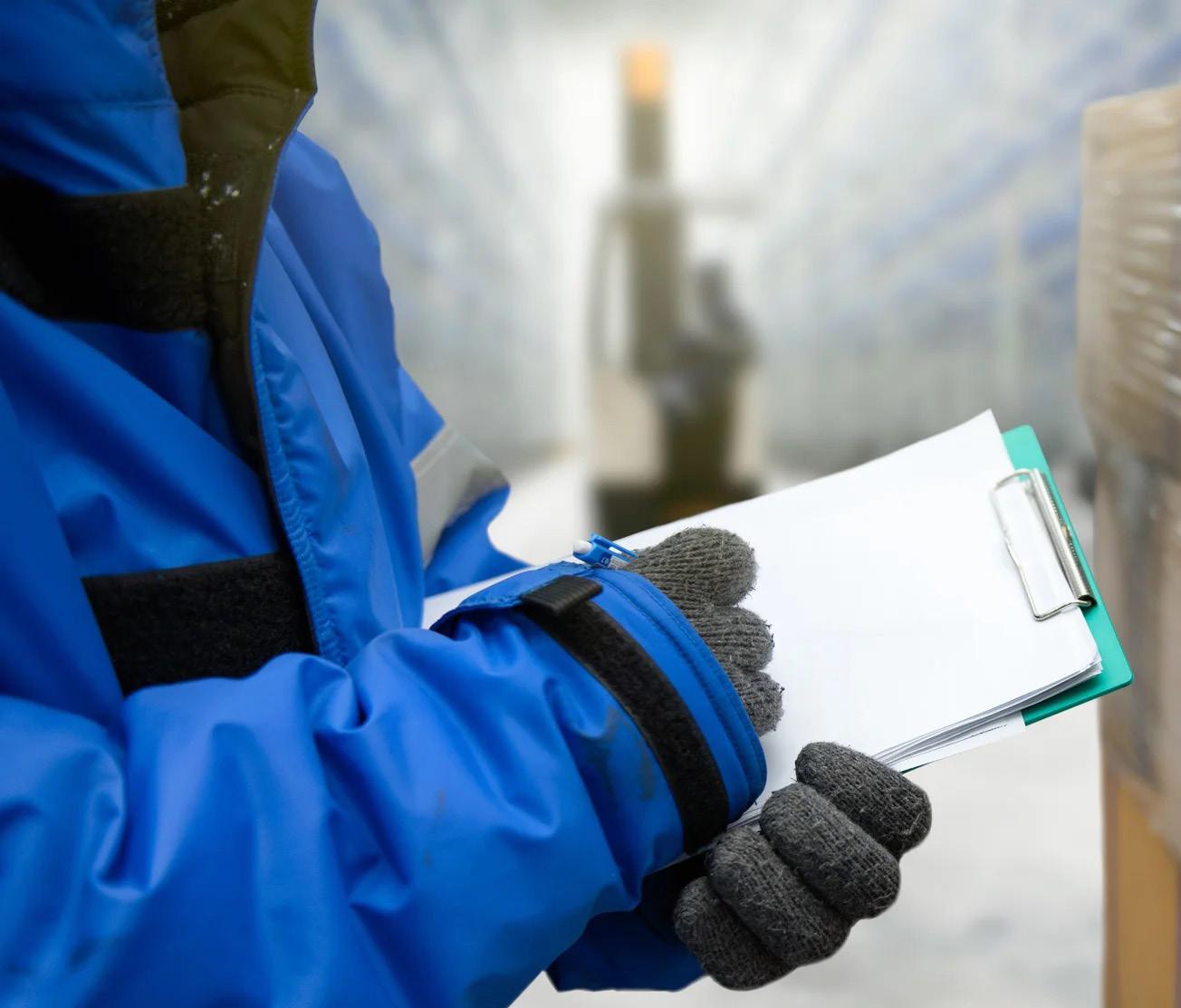
4 minute read
Why Cold Chain is crucial for Africa development
Acold chain is a temperaturecontrolled supply chain that preserves agricultural products – fruits and vegetables, fish and meat, dairy and cut flowers – from the moment of harvest to the items’ arrival at stores and markets. Some of these markets are overseas. However, by the time a perishable product has reached a port or airport, the cold chain infrastructure available there is usually well-developed. It is on the farm itself and transportation links from farm to shipper where problems arise.
While it seems incredible that on average 50% of food produced in African countries is wasted to rot, according to the UN Food and Agricultural Organisation (FAO), this is because most of Africa’s food is produced by 60% of the population who are smallholder farmers. It is these farmers who have managed to graduate from being subsistence farmers to growing a surplus that can be sold at market, who lack cold storage abilities and who require assistance. Heart-breaking stories about farmers’ crops rotting at delivery points because government trucks who were meant to collect harvests failed to show up are recurring. The most critical part of the cold chain is transportation: the refrigerated railroad cars and trucks that move products from farms and warehouses to markets. Warehouse owners report that they enjoy nothing more than the sight of their refrigerated facilities standing empty. This is because that means the product has efficiently moved into and out of the warehouse from point of origin to market.
Advertisement
Further, in any African country, a cold chain can be disrupted by a faulty power supply. A reliable cold chain can only be achieved with the simultaneous improvement of a nation’s power grid. Electricity is expensive in Africa compared to the developed world, and faulty power grids require costly and polluting gas generators, which add to costs and explain why the FAO reports that cold chain logistics in Sub-Saharan Africa are nine-times more expensive than anywhere else in the world.
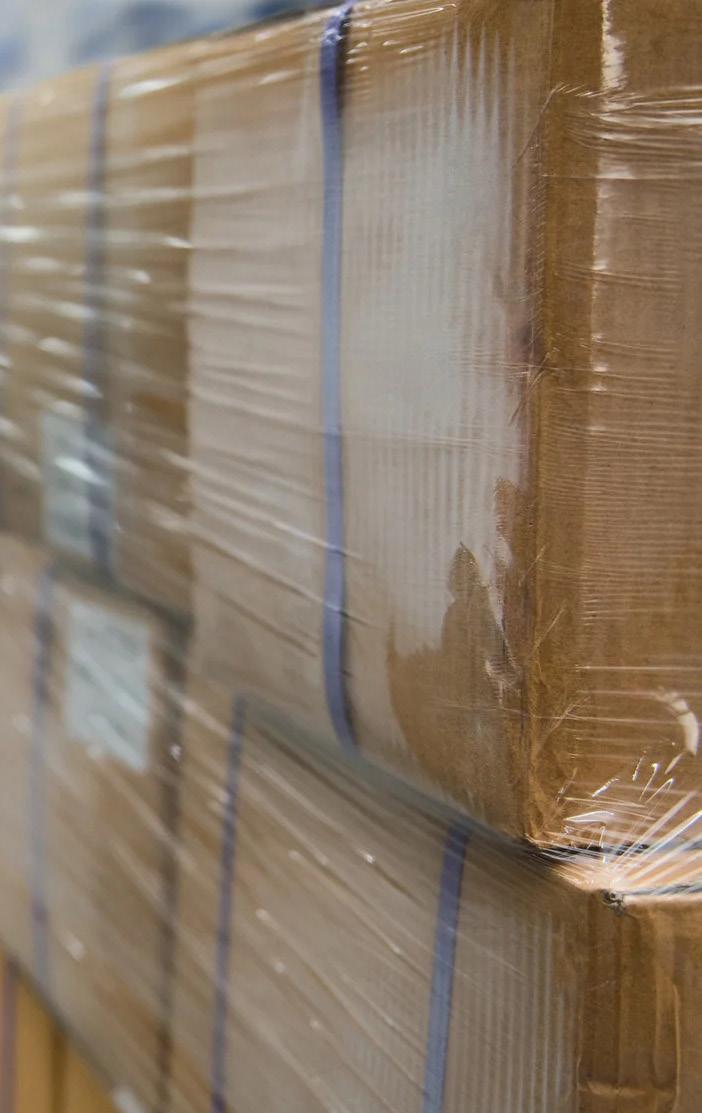
Nations’ development plans depend on cold chain
Because African countries are committed by UN treaty to boost agricultural products, and national development plans target agriculture to meet the twin goals of sustainable food production and more employment, progress has been seen in the development of national cold chains, without which agricultural production cannot improve. The countries with Africa’s most advanced cold chains have instituted these in the successful private industry’s promotion of particular products.
For instance, the origin of Ethiopia’s, Kenya’s and Tanzania’s cold chains was their cut flower industries. Flowers are temperature controlled from their growth greenhouse to their arrival to buyers overseas (Kenya and Ethiopia are among the biggest cut flower exporters to the European Union). In recent years, flowers that once had to be air freighted abroad are now shipped by sea with the development of insulating cardboard wraps. Kenya now exports flowers to over 60 destinations. Similarly, Egypt is a major exporter of strawberries and other agricultural products to the Middle East and Europe because of an efficient cold chain built over the decades for this purpose. The same can be said of Morocco. South Africa’s advanced cold chain has made the country one of the world’s largest exporters of agricultural products. South Africa’s cold chain was originally developed to move citrus. The country’s citrus industry is huge and is growing every year. Thanks to a reliable cold chain, South Africa is now Africa’s largest producer of blueberries, which in recent years have also been successfully exported from high, cool growing areas in North Africa. In 1992, raspberries were first grown in Egypt, which had been impractical before a sophisticated cold chain was in place to allow air freight export.
Landlocked Rwanda is meeting its goal of local food production by improving its cold chain technology. The country is emerging as an exciting cheese producer, as government that values cheese as a value-added dairy product for export, is pursuing a dairy policy for farmers to produce 1.2 million tonnes of milk every year by 2024 – up 34% from 2021. Rwanda has introduced aquaculture farming to its Eastern region through public-private partnerships like Gishanda Fish Farm, which raises catfish and tilapia with organic feed from its own gardens. All operations are solar powered. Government’s dietary goal is to improve Rwandans protein intake – in part, by eating more fish.
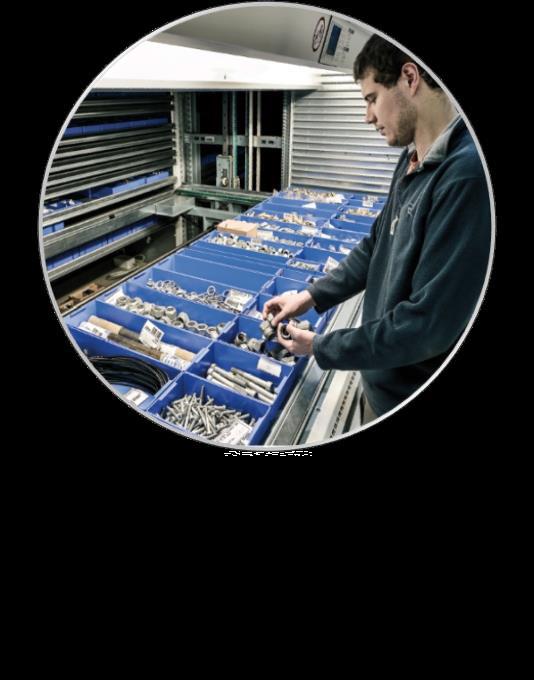
The use of solar power is one way to ensure that the first link of the cold chain, which is at the point of a product’s origin, is achieved. Kenya is running a pilot project that tests the feasibility of distributing solarpowered cooler boxes to aid fishing communities. East Africa’s fishing and herding communities are thousands of years old but are adapting to export. Somaliland’s herd-
Head Office: +27 11 824 1527 info@acrow.co.za www.acrow.co.za ers feed much of the Middle East, in particular Saudi Arabia, UAE, Oman and Yemen. For the entire Somalia federation, livestock (cattle and camels) is still the main export revenue earner and accounts for nearly two-thirds of the economy of the federation that includes Somaliland and Puntland. Growth in this sector has been tied to improvements in the cold chain, which has allowed for the growth of a slaughter and processing industry on the Horn of Africa itself. Ultimately, the thousands of live camels now being herded onto ships for export will be replaced with refrigerated processed meats and dairy products, earning more export revenue.


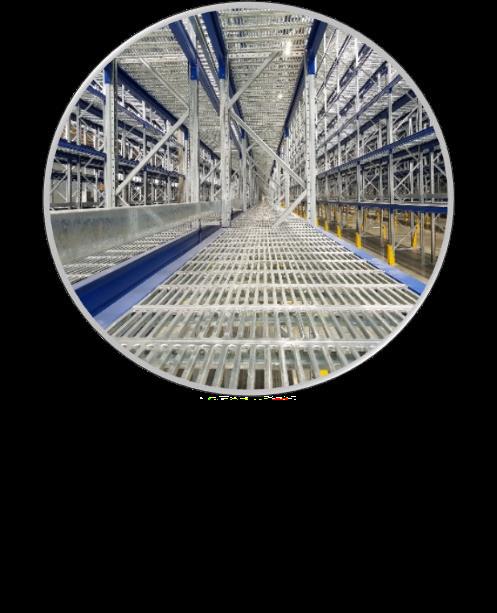

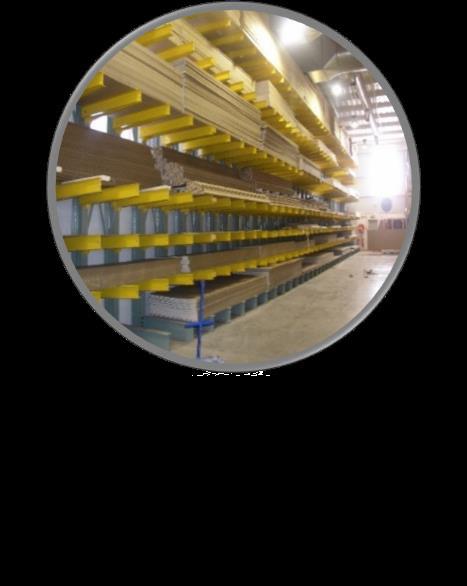

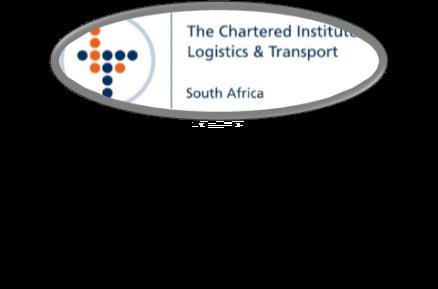
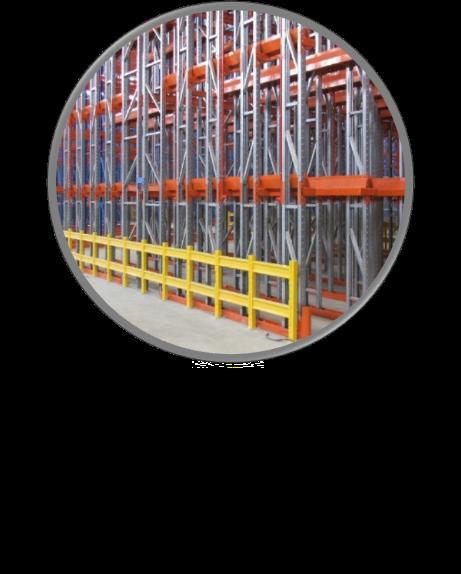
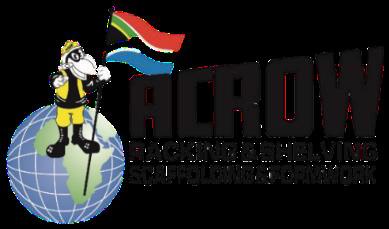

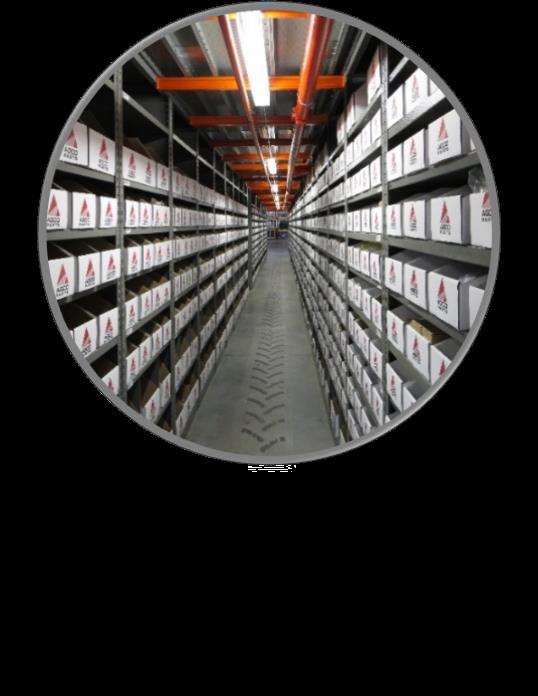
Medical and technological needs should also be considered
The healthcare of nations depends on an efficient cold chain that is required by medicines that must be refrigerated. The Covid pandemic has highlighted the crisis in cold storage for medicines in Africa.
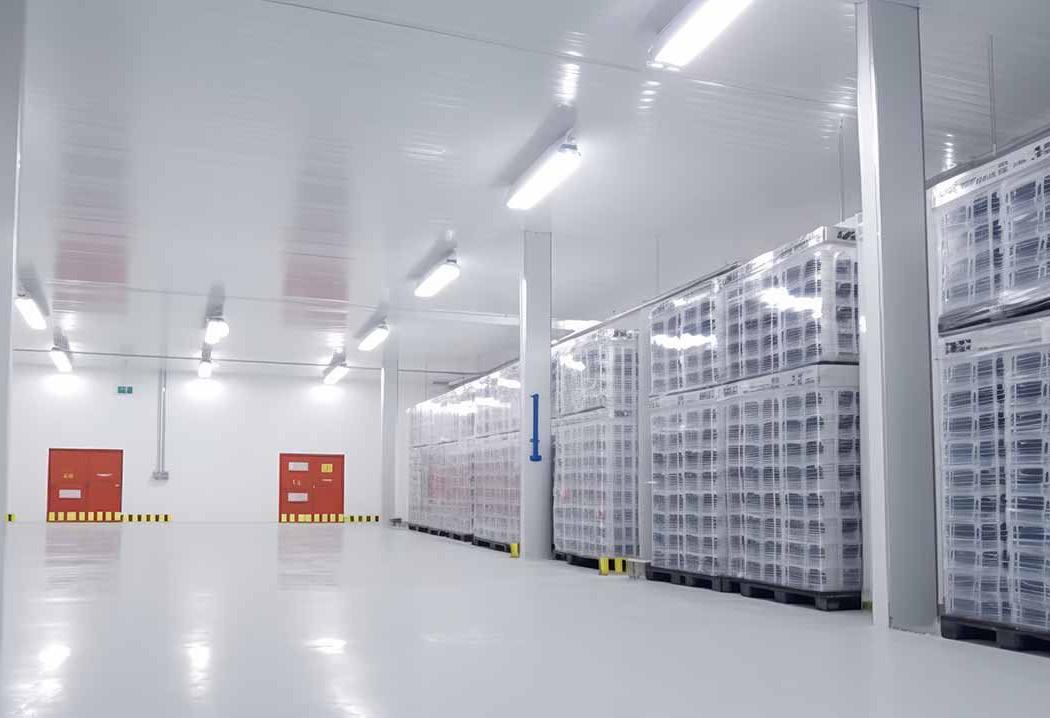
A 2021 survey by the global health NGO PATH of thousands of clinics in the Central African Republic, Ghana, Kenya, Sudan, Zambia and Zimbabwe found that most did not have adequate refrigeration for liquid medicines like insulin and many antibiot- ics. Limited capacity meant African clinics struggled to meet WHO guidelines to separately store vaccines and temperaturesensitive medicines. One reform that came out of the pandemic crisis was new WHO guidelines that seek to integrate the storage of vaccines and temperature-sensitive medicines. Solar-power generators are considered an essential component in the medicine cold chain infrastructure. survey by health NGO PATH clinics thousands
Because lack of vaccines is responsible for 1.5 million preventable deaths annually throughout the world, the cold chain is now recognised as an essential medical investment.










